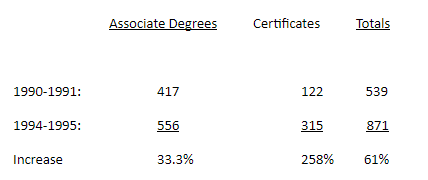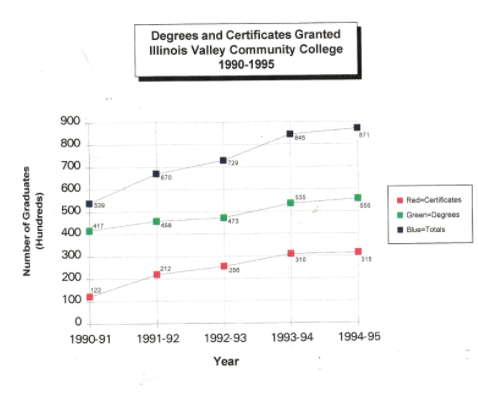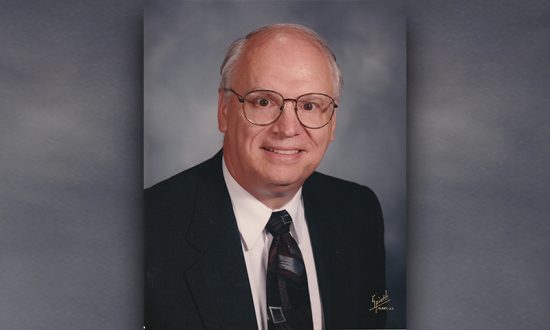There are institutional, national and international concerns continuing today on how to effectively increase completion rates of students enrolled in higher education institutions. These concerns have become even more important as college and university students are coming back to campuses across the globe in large numbers. Emphasis on working with students to complete their degree and certification programs are once again important to focus on as the pandemic continues to subside. Many students completion of degrees and certificates was interrupted during this period.
Illinois Valley Community College in Illinois, U.S., experienced highly successful results while experimenting on how a total institutional approach could significantly improve Associate Degree and Certificate completions. The college ran their experiment over a five- year period.
This community college provided a system that can be duplicated and implemented by community colleges, senior colleges and universities across the United States and countries across the world. It also provides a system to help overcome the problem of far too many students leaving their colleges and universities without completing their degree or certificate work.
The information in this report is dated but will prove to be as relevant today as it was at the time of the experimental study.
Base-Line data and ‘all-in staff’ involvement
It became well known at Illinois Valley Community College that far too many students were, indeed, leaving the college. Some were only one course to one semester short of completing either their six-month to one year long certificate programs and/ or their two-year Associate Degree programs.
The chief academic officer of the college developed an innovative approach to help solve improvements in certificate and degree completion rates. The colleges’ records office provided base-line statistics showing how many certificates and degrees had been granted the year before this experimental study was being conducted.
College department heads, the admissions dean, director of records, and program faculty members developed a baseline list of students who had left the college over the previous three years without completing their program of study. A team of two administrators next started meeting with individual faculty in each of the certificate and degree programs to lay out a plan on how to advise students on the importance of completing their certificates and degrees.
What the administrators and teachers involved found was that many students assumed the college would take care of their certificate or degree completion decisions. It was also found that far too many faculty and administrative departments were just assuming the job would be done without the need for their input and efforts from semester to semester.
Administrative personnel and individual faculty members started meeting the students in their classroom settings to have informational sessions on the important of completion of programs. Students were counseled on how completion would assist them in the years ahead as they competed with ‘certificate and/or degree completion students from other colleges, universities and private vocation and technical colleges.
Outcomes
This ‘all-in’ process of involving faculty, administrators, department heads and advisory committees for the certificate and applied associate degree programs started paying dividends almost immediately. In each of the five years the experiment charted both certificate and degree completions. The yearly records kept showed that each of the five years both certificate and degree completions were going up significantly.
Tables I and II below provides clear evidence that the ‘all-in’ program at this one U.S. community college paid large dividends to their students. Table I shows the first year base line of completions of Associate Degrees and Certificates. It also compares the fifth year of the program to the first year. The number of Associate Degrees awarded grew by 33 percent over the five years. Certificates granted improved by 258 percent. The comparison of the totals from year one to the end of year five showed an overall 61 percent increase in the totals of Associate Degrees and Certificates awarded.
Table II provides a visual look at each of the five year increases in both certificate and degree completers.
Table I
The completion rates during a five-year experimental study reported by Author (2019) improved dramatically. The following is the breakdown of degrees and certificates completed from the base year of this study compared to the degrees and certificates issued in the fifth year. The base year was 1990-1991:

The total number of Associate Degrees and Certificates grew from 539 to 871 for a 61% increase over the five years recorded.
Table II
Table II charts each of the five- year completion improvements for both the certificates and degrees completed and an overall percentage of improvement.

Summary
This five-year experimental certificate and degree completion program established how much could be achieved with a concentrated effort of staff working together in concert with the students. These earlier years in which this program was established and conducted are insignificant in terms of time. The ‘process’ is the important part of this study and can be duplicated throughout the country by community colleges and/or four-year colleges or universities. Other countries may also find this a useful way to work toward success in their colleges and universities in improving their own degree completion rates.




